Table of Contents
Getting motivated to eat healthy on a budget isn’t always easy. That is why on your journey to financial independence, it may be tempting to take a few shortcuts right into the fast food aisle.
At first glance it might seem like junk food is the more cost effective route. But actually, that Big Mac and fries is the most expensive thing you can put in your mouth.
Why?
For starters, the more packaged and pre-prepared food is, the more you are paying for it. That is why most things in the vegetable aisle are so damn cheap.
But more importantly- what is that Big Mac costing you in lost energy and future health care expenses?
I quit drinking not only because it left me feeling like I had been hit by a bus, but because I realized the entire day or weekend lost to a hangover was valuable time down the drain.
In his book ‘Financial Freedom’ Grant Sabatier talks about what a difference it made when he traded those time consuming, headache inducing boozy mimosa brunches for a side hustle.
You’ll notice the same difference when you start to eat healthy on a budget. It might take a couple of days or weeks for your head to clear, your mood to lighten, and your energy to boost. But once it kicks in, you will feel unstoppable.
Now that you aren’t wasting time feeling groggy, sick, and fatigued, you can also take a moment to enjoy all of the future medical bills you have saved yourself.
Instead of succumbing to the allure of the junk food aisles, here are some key principles to eat healthy on a budget that will save you thousands of dollars and hours of your life back.
1. Meal prep and planning is key to eat healthy on a budget
Most fitness competitors swear by meal prep to get in shape for competition day. Meal prep and planning can feel like a slog sometimes, but the upfront investment on your weekends can make it so much easier to stick with an eating plan during the week.
Meal prep also doesn’t have to mean buying and cooking every meal you are going to eat for the week on Sunday. It’s just as simple as taking a few moments to come up with a plan of action.
Before you hit the store, pick out your favorite recipes and build a grocery list around it. This will spare you from wandering around trying to brainstorm recipes on the spot, and buying things you don’t need that will only be left to rot in the fridge.
2. DO shop on Fridays
This is different for every store, which is why it’s a good idea to check with your local grocer to find out their fresh shipment dates.
However, Friday night is the most logical time to shop because grocery stores anticipate a big crowd on weekends. Why not get there early so you get first pick on the freshest produce, and dibs on all your favorite stuff?
Another popular day for new shipments to arrive is on Tuesday.
3. DON’T shop hungry
It’s a mistake we’ve all made. One minute you forgot to eat lunch before heading to the store. The next you’re justifying a case of mac and cheese and Cinnamon Toast Crunch in the checkout aisle. If you want to stay on track eating healthy on a budget, remember to enjoy a savory, filling meal before you hit the grocery store to keep you from making some very terrible mistakes.
4. Bulk Up
Stocking up at CostCo might feel like a hefty charge at checkout, but buying goods in bulk will ensure you get the best possible price, AND save gas money to and from the store every week.
CostCo is also stocked to the brim with super healthy and surprisingly high quality goods.
My healthy favorite CostCo grocery list includes organic:
Olive oil, walnuts, macadamia nuts, almond flour, sugar-free coconut milk, fish oil and Vitamin D supplements, canned tuna, salmon, and sardines, kalamata olives, avocado mayo, organic virgin coconut oil, balsamic or apple cider vinegar, Italian Volcano lemon juice, frozen wild caught shrimp, sockeye salmon, or scallops, organic frozen cauliflower rice or broccoli, Wholly Organic Guacamole, Parmigiano Reggiano, manchego, or goat cheese, organic mushrooms, romaine, and spinach, and free range Omega-3 eggs.
5. Invest in spices and learn to cook
Let’s face it. If you don’t enjoy the food you’re eating at home, you’re soon to revert to dining out or mowing down on fast food.
To prevent that from happening, invest in the knowledge and tools you need to make your meals so delicious, you’ll never be tempted to fall back into your old ways again.
A delectable, diverse set of spices or high quality cookware might seem expensive up front, but the truth is if it keeps you from eating out, the investment will more than pay for itself in no time.
The bottomline? No investment you make in your home cooking setup will compare to the cost of eating out. Kick off your culinary adventure teaching yourself how to make a healthier versions of all of your favorite restaurant foods, and cooking at home is sure to become a lifelong habit.
6. Try Intermittent Fasting
Intermittent fasting is oh so trendy right now. And for good reason. The practice has a proven correlation with health benefits and a longer lifespan.
You don’t need to embark upon a three day spiritual water fast to see the difference either. It’s as simple as ensuring a twelve hour gap in between meals. For example, only eating from 9am to 9pm.
Once you have mastered that, consider the 16:8 split where you consume food from 12pm to 8pm every day. This is as simple as skipping breakfast.
Intermittent fasting can be an adjustment at first, but just imagine the time and money you will save only having to cook two meals a day.
If you find fasting unbearable, sip on some bone broth, add some coconut oil to your coffee, or even add a dash of sea salt to a large glass of water. Fasting doesn’t have to be painful or unbearable, and the health benefits are worth it!
Speaking of bone broth…
7. Make your own broth instead of buying the expensive packaged stuff at the store
Whether it’s a rotisserie chicken or some fresh spices, if something is about to turn bad, your best bet is to toss it into a broth. Tossing leftover vegetable choppings or chicken bones into boiling water can make a delectable broth you can even freeze to enjoy at a later date.
Or even preemptively strike! If you have bought a whole chicken, break it down by removing all the meat and boiling the bones until you get a yummy collagen filled bone broth. Bone broth makes a fantastic snack if you have opted into intermittent fasting. It’s also the perfect ingredient to give so many recipes a flavor pop, whether you’re whipping up a ramen or boiling couscous.
8. To eat healthy on a budget, buy frozen vegetables
You know that frustrated feeling when you stock your fridge up with fresh veggies and fruits from the Farmer’s Market, only to watch them go bad before your very eyes?
Today that can all end forever.
Believe it or not, frozen vegetables are actually healthier than the stuff you find in the produce aisle.
Why? Because the veggies are flash frozen when ripe. They don’t need to stay fresh and survive a long commute from the farm to your fridge. Frozen veggies don’t begin the slow descent of losing nutrients and going bad in your crisper drawer.
You can save money with frozen vegetables because they don’t go bad! Ever! My favorite organic bags of veggies to stock up on are artichoke hearts, spinach, broccoli, tricolor cauliflower, or asparagus from Trader Joe’s.
9. Buy canned vegetables, meats, and beans.
After frozen, jarred or canned vegetables might be the next best thing. They take quite a while to expire compared to the fresh stuff and are always there in a pinch if you need a road snack or a quick and easy dinner ingredient.
Just make sure you buy cans from brands that are explicitly BPA free. According to experts, BPA is a chemical that disrupts the normal functions of our bodies’ hormones. BPA is a plastic that once lined food cans, and the chemical itself would then leach into the food. Exposure to BPA has been linked with an alarming list of diseases including obesity, diabetes, and much more.
The good news?
Thanks to consumer demand, most companies have made their cans BPA free. Just make sure to check the label for confirmation next time you buy.
10. Double or triple your recipes
The secret to eating healthy on a budget is to lean into leftovers. To save time, make a bunch of that dinner feast in bulk, and freeze the leftovers in the fridge for a later date.
Remember: if you are going out of town or see something with only a few days of shelf life left, your freezer is your best friend.
11. Use an online recipe tool
I bet right now you already have everything you need in your fridge to make something magnificent for dinner. Instead of running to the store, use what you already have in the fridge with the app ‘SuperCook’. Just plug in the ingredients already in your pantry and it will whip up a recipe you can make with what you’ve already got on hand.
12. Ditch the food snobbery
A disconcerting amount of food waste is created by American households – about 50% of 35 million tons annually.
A contributing factor to this problem? People simply don’t know how to cook every delicious and edible part of an animal or vegetable. Another factor is paranoia about food expiration dates that may merely be a suggestion on the part of a food company label.
I mean, think about it.
The fancy level of food preservation as we know it has barely been around for a hundred years. Certainly to get through winter our ancestors were able to survive on sustenance that was less than perfectly plucked from the ground. And so can we.
Even if something is past an expiration or ‘Sell By’ date, use your five senses (including your sixth of common sense) to diagnose your food’s edibility.
Can you cut off the mushy part of that ripe peach and enjoy? Might the hermetically sealed cheese still be edible one day past expiration?
Even better, you can save money by subscribing to an ‘ugly produce’ box containing the fruits and veggies no one wanted simply because they weren’t perfect looking.
In fact, these visually challenging veggie variations can be even better for you, because it means they weren’t likely naturally and organically grown.
13. Clean out your fridge regularly
There’s nothing more unpleasant than finding a science experiment gone wrong in the back of your fridge.
A cluttered, crowded fridge means food that is bound to get forgotten and left behind. How can you remember to use that parsley you just bought if you can’t find it in your vegetable drawer?
I solve this by categorizing my food into protein, dairy, produce, and leftovers. Then I store each in their own respective territories. Investing in a label system of fridge organization can last and serve you for years to come.
A labelling system is especially important if you are living with other people to help them catch on.
14. Keep your food cabinets organized
Embracing minimalism and an organization system is key, simply so you don’t keep accidentally purchasing things you already own.
Sometimes that even means investing in storage organization systems and accessories to make things visually appealing and easier to find.
Some of my favorite kitchen accessories for organizing include:
- Clear glass containers for dry goods such as macadamia nuts and almond flour. I opt for clear so I don’t forget what’s in them, and glass because it is safer for your food and the environment. Not to mention glass is sturdier and lasts longer. Triple win!
- Sturdy matching glass tupperware from CostCo that is easy to stack and organize
- A ‘lazy susan’ turntable that allows you to search for spices or condiments with the flick of a wrist
15. Buy whole foods that are local and in-season
No, I’m not referring to the Amazon-owned conglomerate also known as ‘Whole Paycheck’.
We’re talking about food that is as close to its original form as possible. The less packaging and preparation your food has undergone, the cheaper it will be.
Invest in low cost staples with a long shelf life such as eggs, oatmeal, and lentils. When it comes to cheese, buy the block instead of the grated stuff to get better bang for your buck.
The less time it takes your food to get to you, the less expensive it will be and the longer it will last. That is why local, in-season food is tastier, more nutritious, and easier on your bank account.
To eat healthy on a budget, make sure to double check the labels for added sugar. Another few good rules of thumb is to avoid processed and packaged foods, and shop only the perimeter of the store for the fresh stuff.
16. Try going veggie or vegan
Because of the maintenance of animal farming, meat and dairy can be some of the more expensive items we buy. Your morals may already be calling you away from eating industrialized farmed meat. We applaud this healthy decision you can make for the animals, and the planet, and yourself.
If you want to find out how delicious plant-based food can be, I highly suggest checking out Daily Harvest frozen delivery service. The pizza and ice cream is worth the extra healthy indulgence from time to time.
And to keep it budget friendly, you can save $35 on your first order with code RE-VD8MEMD.
So next time you’re wondering “How can I lose weight and eat healthy on a budget?” never fear. It’a all about thinking ahead. Just remember to plan and prepare all of your meals, invest in healthy staples like frozen vegetables, and use my trusty CostCo shopping list above to buy in bulk.
DISCLAIMER: I get $0.00 financial benefit if you click on the majority of links in this article, but I also am fully disclosing that using affiliate links helps me provide you cool discounts. Everything I suggest on my website (affiliate or not) is a product or service I love and use myself. This is a hardcore rule that applies to 100% of anything I recommend. Please don’t buy anything unless you’ll genuinely benefit from it.

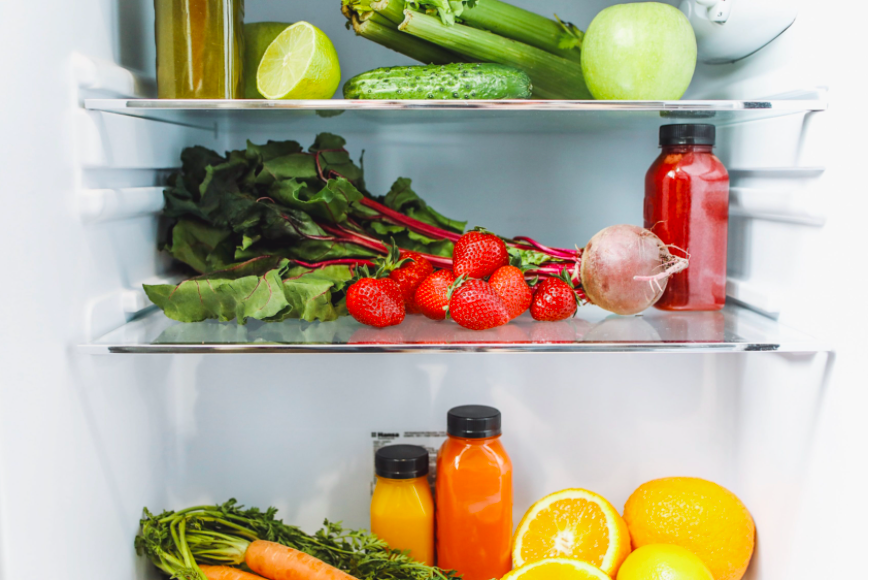

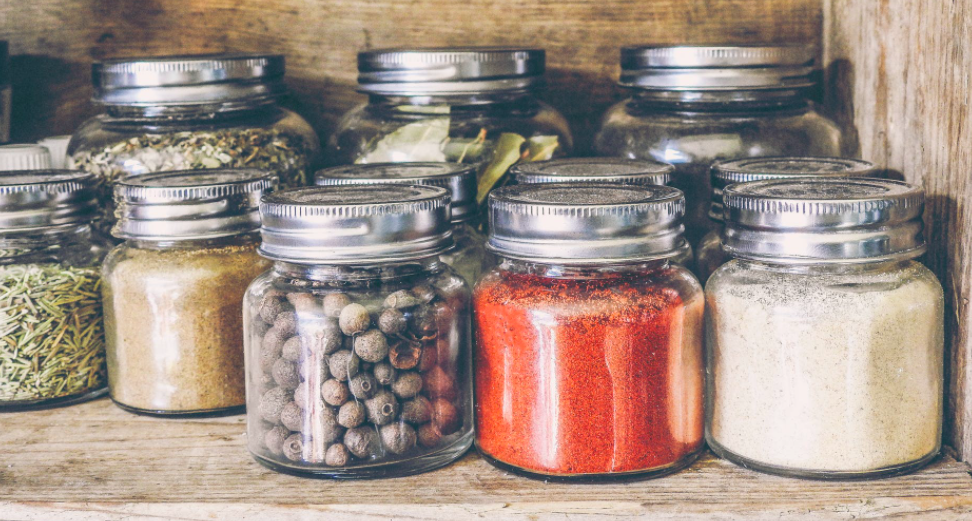

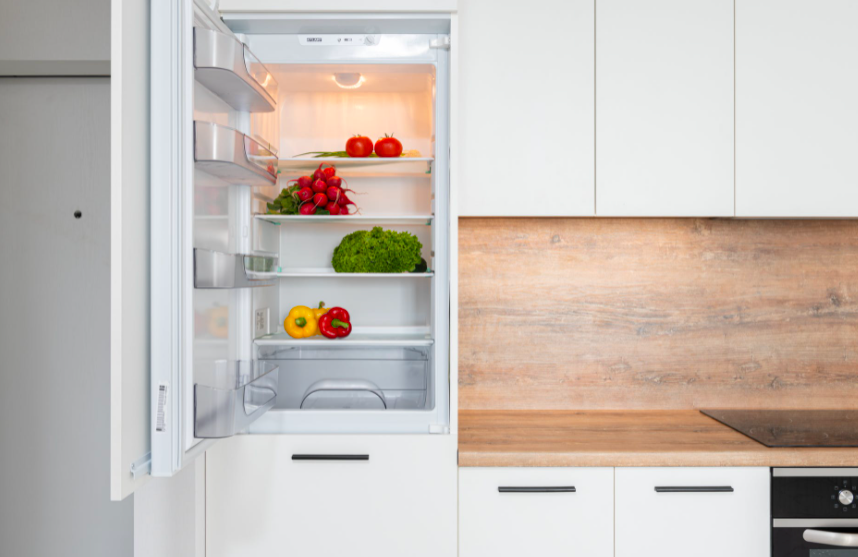
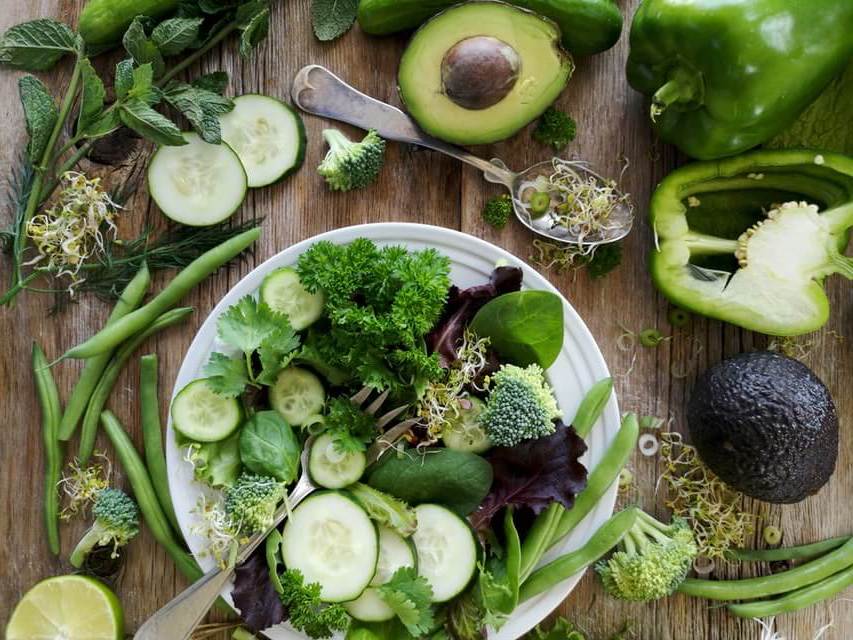
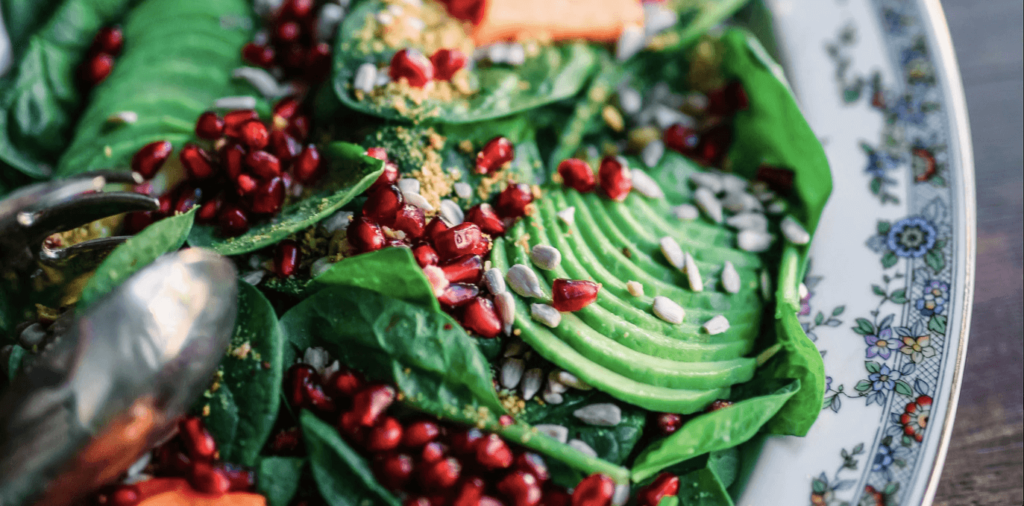
Comments are closed.